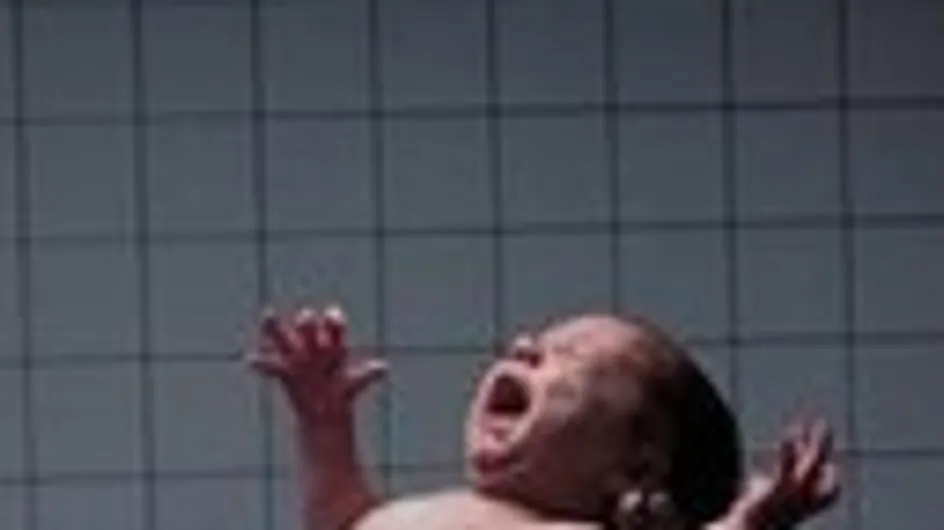What is the umbilical cord for?
The umbilical cord feeds the child in the mother’s stomach, linking the fetus to the placenta. It contains three blood vessels: one vein and two arteries. At the placenta, the vein collects nutrients and oxygen from the mother's blood and brings these to the fetus. The two arteries take away waste.
What is the umbilical cord like?
It’s a gelatinous, whitish cord that measures 50-60cm long and is 2cm thick. It’s twisted because the two arteries are wound around the vein. At one end it spreads itself out at the placenta, and at the other end it is connected to the belly button of the fetus.
When and how is the umbilical cord cut?
When the baby is born, the cord is cut with special scissors. But it is also possible to place the baby on the mother’s stomach and let the parents see their baby before the cord is cut a few minutes later. Sometimes the father is asked if he would like to cut the cord himself, as a symbolic act.
What happens when the cord is cut?
The first breath and clamping of the umbilical cord changes the newborn’s blood circulation: the dual circulation essential for life takes over and the baby is able to breathe air.
Removal of the remains of the umbilical cord
After the cord is cut you will need to keep it clean, you only need use cooled boiled water to do this. Avoid using creams or talc as these have been found to contribute to causing infections. With little boys, try and keep it above the nappy. After 6 to 8 days the remains of the cord dries and falls off. Continue to clean and protect the belly button until it heals, this takes between 12 to 15 days. If it becomes red and inflamed, contact your doctor to ensure that infection has not set in.
Problems linked to the cord
One of the biggest risks linked to the cord is that it can be squashed, which prevents blood transfer from the mother. This can happen when the waters break prematurely and the cord slips out through the opening cervix and down into the birth canal (prolapsed cord). Medical surveillance is important. Umbilical prolapses can lead to the need for a Caesarean birth. The umbilical cord can also get wrapped around the baby’s neck, usually the cord can be slipped over at delivery or the baby can be delivered through the cord.
The symbolism of the umbilical cord
In the West we usually throw away the umbilical cord, but in some cultures it is said to have magical powers and is used in certain rites. Find out more about the symbolism of the cord in our article on childbirth around the world. One expression still used is 'cut the cord' as in 'cut the apron strings' and stop being so dependent on your mother!













